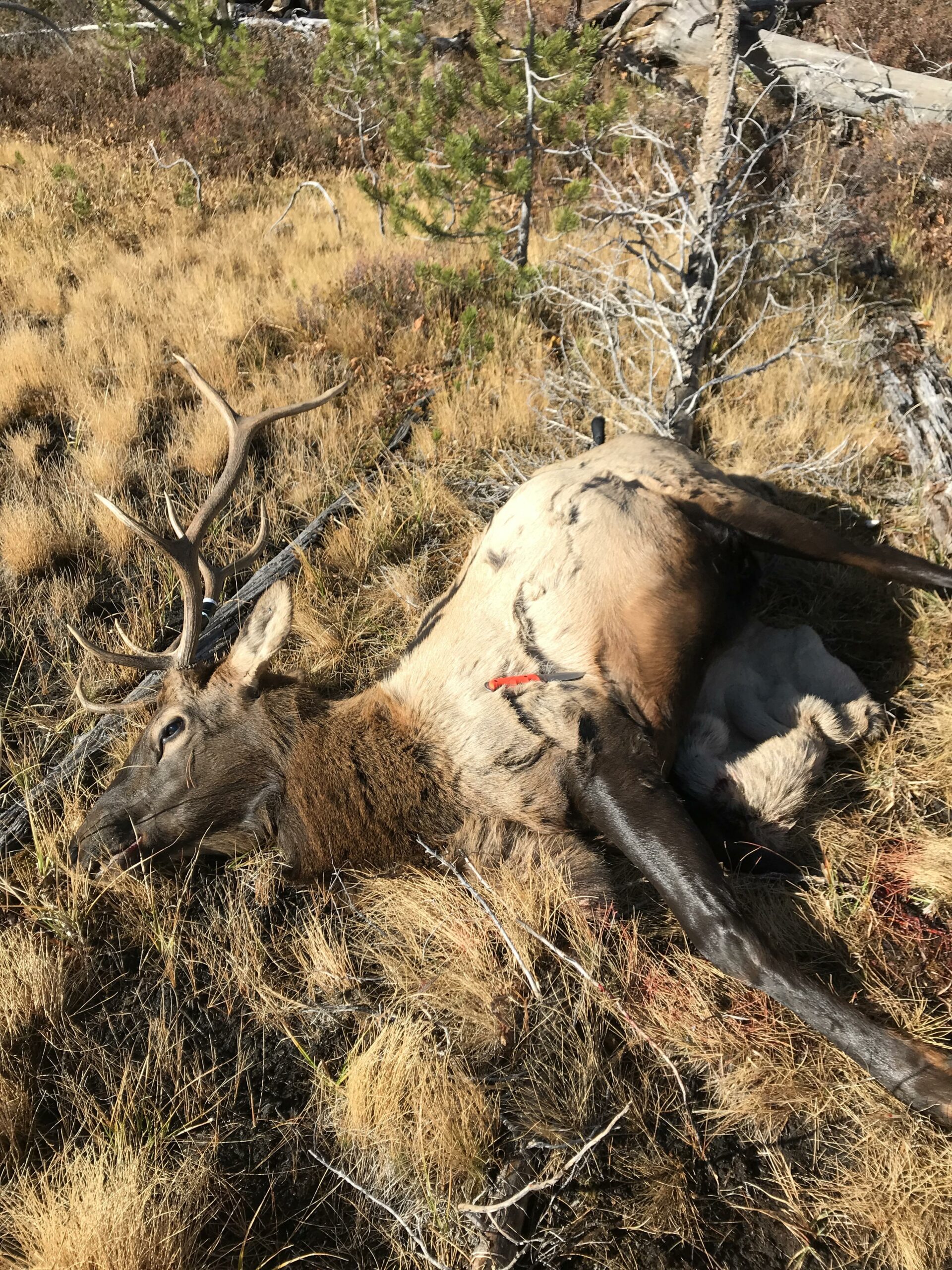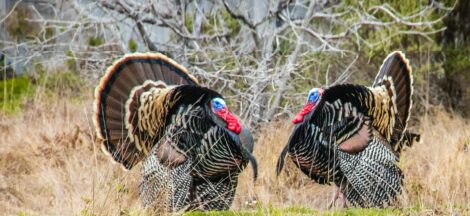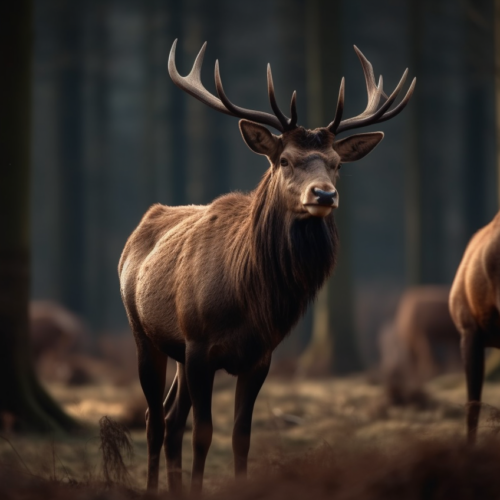Table of Contents
- Introduction
- A Personal Anecdote: The First Elk Encounter
- Understanding Elk Habitat and Patterns
- Reading Elk Body Language
- Mastering the Art of Calling
- Weather and Elk Behavior
- Hunting Pressure and Elk Movement
- Conclusion
Introduction
There’s something magical about encountering an elk in the wild. Their majestic presence, coupled with their elusiveness, make them a prized quarry for hunters. Successfully hunting elk requires skill, patience, and a deep understanding of their behavior. In this guide, I’ll share some of the secrets I’ve learned over the years about reading elk behavior and anticipating their movements, so you can up your hunting game.
A Personal Anecdote: The First Elk Encounter
I remember my first encounter with an elk like it was yesterday. I was deep in the heart of the Rocky Mountains, with a crisp autumn breeze at my back, and the thrill of the hunt coursing through my veins. I had been tracking a small herd for hours, painstakingly following their trail through dense forests and steep terrain. It was a challenging pursuit, but one that would ultimately prove rewarding.
Finally, as I crested a ridge, I saw them. A small group of elk, grazing peacefully in a picturesque meadow, their breath visible in the cool mountain air. The sight took my breath away, and I knew that all my preparation and effort had been worth it. It was in that moment that I truly understood the importance of studying elk behavior, and it has shaped my hunting approach ever since.
Understanding Elk Habitat and Patterns
Elk are creatures of habit, and understanding their preferred habitats and daily patterns is key to predicting their movements. While elk can be found in a variety of landscapes, they typically favor areas with a mix of meadows, forests, and water sources. These habitats provide the food, cover, and water necessary for their survival.
Elk are crepuscular, meaning they are most active during dawn and dusk. During these times, they will venture out into open meadows to feed on grasses and other vegetation. As the sun rises or sets, they retreat into the safety of the forest to rest and ruminate. By planning your hunts around these patterns, you can increase your chances of crossing paths with an elk.
Reading Elk Body Language
Elk are masters of communication, and their body language can reveal a wealth of information about their state of mind, intentions, and even their social hierarchy. Here are some key indicators to watch for:
- Ears: An elk’s ears are like radar dishes, constantly scanning for potential threats. If an elk’s ears are pointed forward, it is likely focused on something in front of it. If the ears are swiveling or laid back, it may be nervous or trying to locate a sound.
- Head position: The position of an elk’s head can provide insight into its mood and intentions. A head held high indicates confidence and alertness, while a lowered head may suggest submission or aggression. If an elk raises its head suddenly and stares intently, it may have detected a potential threat.
- Body posture: A relaxed elk will have a loose, casual stance. If an elk becomes tense, its body will appear more rigid, and it may arch its back or puff out its chest. This can signal that the elk is alarmed or preparing to defend itself.
- Tail flicks: Pay attention to an elk’s tail, as it can convey subtle messages. A relaxed, gentle flick of the tail typically means the elk is content, while a rapid, forceful flick may indicate agitation or distress.
- Sunny days: Warm, sunny weather can make elk less active, as they seek out shade and water sources to stay cool. This can make them more challenging to locate and approach. On sunny days, focus your efforts near water sources and in shaded areas, where elk are more likely to congregate.
- Overcast or drizzly days: Mildly overcast or drizzly days can be ideal for elk hunting, as the cooler temperatures and reduced visibility can make elk more active and less wary. On days like these, you may find elk feeding in open areas throughout the day, providing more opportunities for encounters.
- Stormy weather: Heavy rain, snow, or high winds can make elk hunker down in dense cover, making them difficult to locate and approach. In these conditions, it can be helpful to focus on areas with thick vegetation, where elk may seek shelter from the elements.
- Get off the beaten path: Many hunters will stick to established trails and roads, which can make elk wary and push them into more remote areas. By venturing off the beaten path and exploring less-traveled terrain, you can increase your chances of encountering elk that have been pushed away from high-pressure areas.
- Time your hunts strategically: During periods of high hunting pressure, elk may become more nocturnal, moving primarily under the cover of darkness. In these situations, it can be beneficial to time your hunts around first and last light, when elk are more likely to be on the move.
- Be patient and persistent: As hunting pressure increases, elk may become more elusive and less predictable. This can make for challenging hunting conditions, but it’s important to stay patient and persistent. By putting in the time and effort, you can still find success, even when the odds seem stacked against you.
By observing and interpreting these body language cues, you can gain valuable insight into an elk’s state of mind and anticipate its next move.
Mastering the Art of Calling
Elk calling is an essential skill for any serious elk hunter. Not only can it help to locate and draw in elk, but it can also provide a window into their behavior and social dynamics. The key to successful calling lies in understanding the various vocalizations elk use to communicate and using them effectively to mimic and influence their behavior.
Elk have a rich vocal repertoire, including bugles, mews, chirps, and barks. Each call serves a specific purpose, such as advertising for a mate, maintaining group cohesion, or warning of danger. By learning to reproduce these calls and using them strategically, you can simulate the presence of other elk and trigger responses from your quarry.
For example, a well-timed bugle can challenge a dominant bull, provoking it to defend its territory and drawing it closer to your position. Alternatively, a series of soft mews and chirps can mimic the sounds of a cow and her calf, enticing a nearby bull to investigate. Keep in mind, however, that overcalling can make elk wary and drive them away, so use calls judiciously and pay close attention to their reactions.
Weather and Elk Behavior
Weather can have a significant impact on elk behavior and their willingness to move. Understanding how different weather conditions affect elk activity can help you plan your hunts more effectively and increase your chances of success.
By adapting your hunting strategies to the prevailing weather conditions, you can increase your odds of finding and successfully harvesting an elk.
Hunting Pressure and Elk Movement
Hunting pressure can have a significant impact on elk behavior and movement patterns. As hunters enter the woods, elk will often become more cautious and may alter their normal routines to avoid detection.
Here are some strategies to help you adapt to hunting pressure and improve your chances of success:
Conclusion
Reading and anticipating elk behavior is both an art and a science, requiring a combination of keen observation, intuition, and knowledge of their habits and preferences. By understanding the various factors that influence elk behavior, such as habitat, body language, vocalizations, weather, and hunting pressure, you can improve your ability to predict their movements and increase your success in the field.
So the next time you find yourself in pursuit of these magnificent animals, take a moment to observe and appreciate their behavior. It’s not just about the thrill of the hunt, but also about deepening your connection to the natural world and the majestic creatures that inhabit it. Happy hunting!





 The Science of Elk Scents and How to Use Them Effectively
The Science of Elk Scents and How to Use Them Effectively